THE ROMAN CAVALRY. From the First to the Third Century AD
Extraits

Histoire ancienne
THE ROMAN CAVALRY. From the First to the Third Century AD
01/1992

Littérature française
Les inventeurs. Essai
02/2017
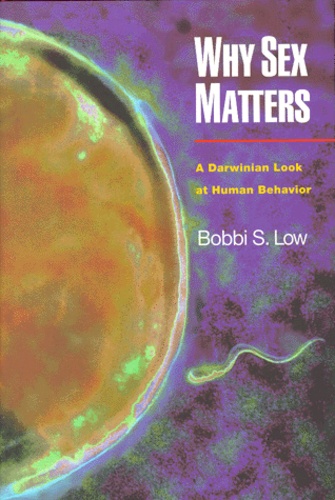
Histoire et Philosophiesophie
WHY SEX MATTERS. A Darwinian Look at Human Behavior
01/2000

Histoire et Philosophiesophie
The Undergrowth of Science. Delusion, self-deception and human frailty
01/2000

BD tout public
I am GooGol - The Great Invasion
12/2010

Poésie
Epilepsy: the invisible pain
01/2019
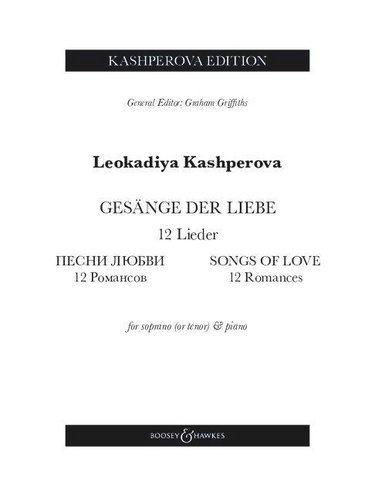
Musique classique
Songs of Love. 12 Romances. 12 Lieder. Soprano (tenor) and piano.
12/2023

Non classé
The Church of Constantinople in the Nineteenth Century
02/2013
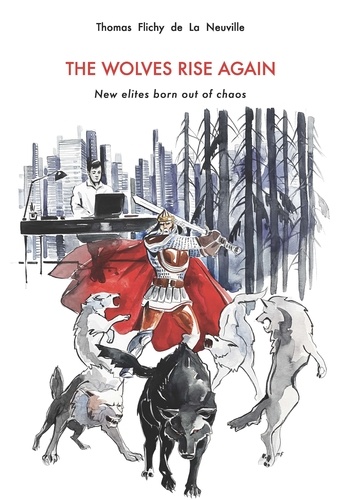
Ethnologie et anthropologie
The Wolves Rise Again. New elites born out of chaos
06/2022

Anglais apprentissage
Tales from Longpuddle
07/2010

Monographies
Burmese Silver from the Colonial Period
09/2022

Anglais apprentissage
Acacia thorn in my heart
09/2001
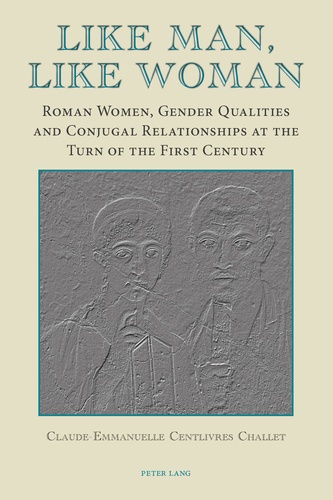
Religion
Like Man, Like Woman
07/2013

Lecture 6-9 ans
L'énigme du sabre. Edition bilingue français-anglais
06/2018
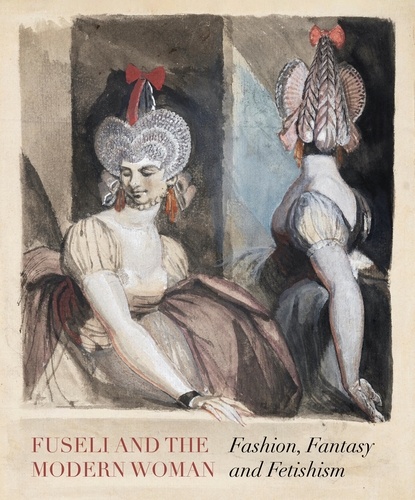
Monographies
Fuseli and the Modern Woman. Fashion, Fantasy, Fetishism
12/2022
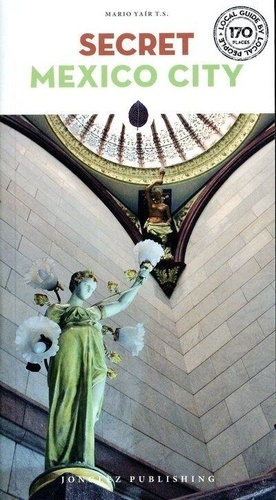
Mexique
Secret Mexico City
02/2024

Non classé
Shakespeare's Reception in 18th Century Italy
06/1993

Histoire de l'art
Paris Moderne, 1914-1945. Art - Design - Architecture - Photography - Literature - Cinema - Fashion
09/2023

Non classé
The Concept of Man in Igbo Myths
11/1999
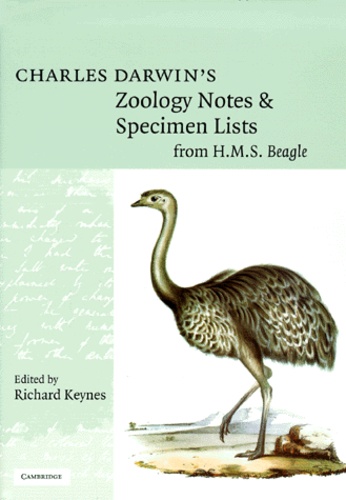
Histoire et Philosophiesophie
Charles Darwin's Zoology Notes & Specimen Lists from H.M.S. Beagle
01/2000

Beaux arts
The Third Mind
09/2018
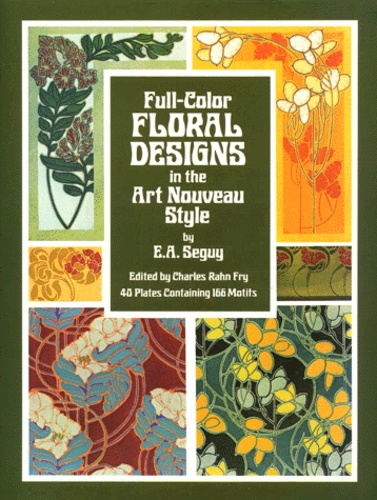
Décoration
Full-Color Floral Designs in the Art Nouveau Style
01/1977
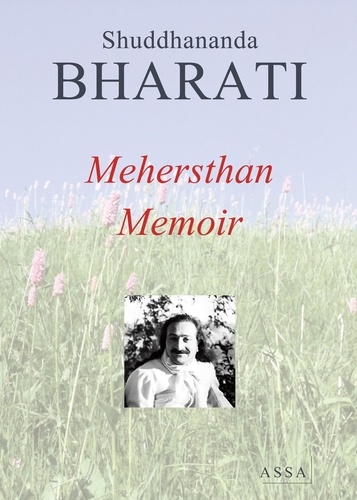
Littérature française
Mehersthan Memoir (Meher Baba)
07/2017
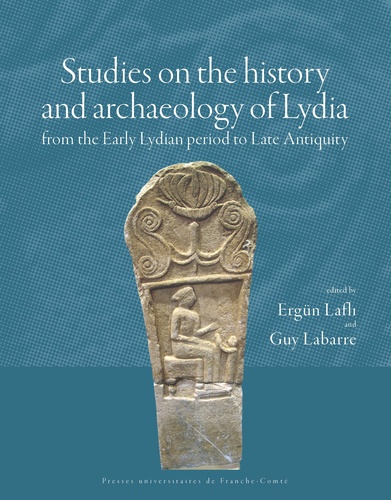
Archéologie
Etudes sur l'histoire et l'archéologie de Lydie de la période proto-lydienne à la fin de l'Antiquité. Textes en français et anglais
02/2023
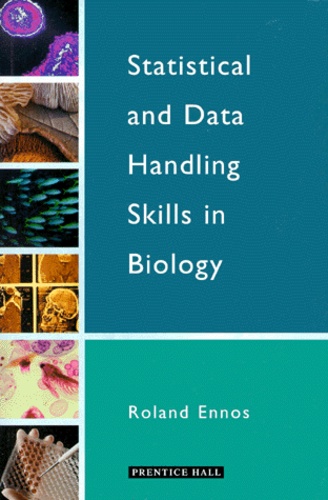
Mathématiques
Statistical and Data Handling Skills in Biology
01/2000
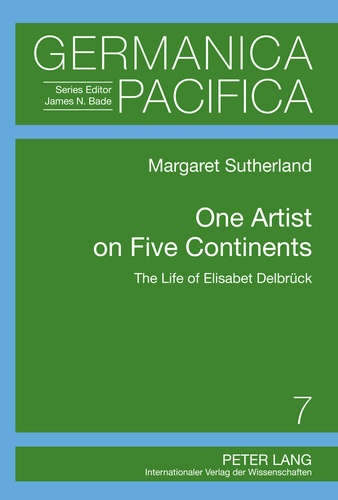
Histoire internationale
One Artist on Five Continents
12/2011
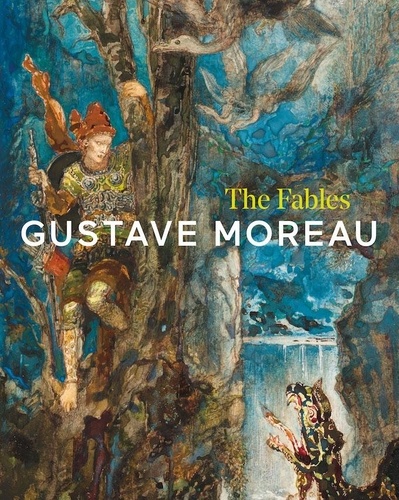
Monographies
Gustave Moreau. The Fables
08/2021

Beaux arts
New worlds
10/2012
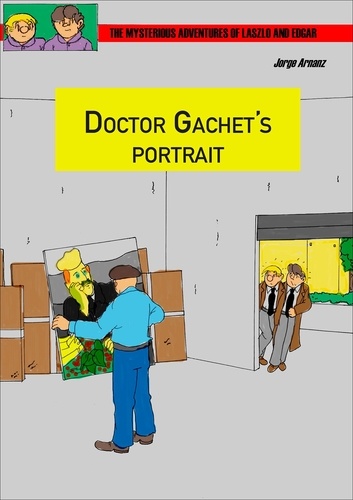
BD tout public
Doctor Gachet's portrait
01/2014

Policiers
Goebius' Strange Model
01/2020

